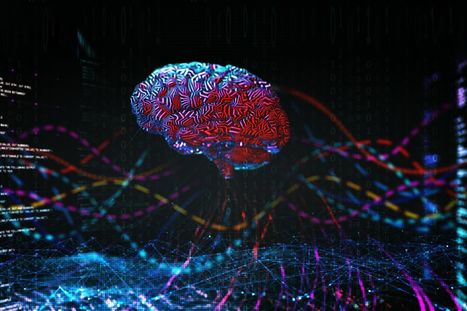Artificial intelligence, or AI as it's called, has been a buzzword for nearly a decade already, yet sometimes it still feels as though we’re just in the early stages of discovering what predictive analytics and machine learning can do for enterprises.
Nowhere is this truer than in marketing and sales functions. According to Forrester, as of 2017 marketing and sales accounted for more than 50 percent of all AI investments.
But when you look at investors who have already sunk serious money into AI projects, only 45 percent have seen any results at all. And among those who are seeing results, 25 percent agree that they’ve become more effective in their business processes. These discouraging numbers paint a vivid picture: Most marketing and sales teams simply aren’t properly equipped to implement AI.
As a marketing leader who has helped companies like Salesforce and Symantec with digital marketing transformations, I’ve seen many "use cases" of how AI is being employed by today’s leading marketers and sales forces. And I’ve learned that often, the best way to kick off an AI initiative and make sure everyone is on board is to show them where others have succeeded.
Here are three ways in which AI has completely transformed enterprise sales and marketing in the 21st century for at least some companies:
1. Predicting outcomes to increase lead generation
Marketing is by nature a very competitive and data-driven endeavor, especially at the enterprise level. Every facet of global, cross-channel marketing relies heavily on a competent knowledge economy comprised of data inputs (and proactive recommendations) gathered at every touchpoint with visitors, leads, and customers.



 Your new post is loading...
Your new post is loading...









